![]() The information provided by our expert should not constitute a diagnosis of your condition. Always consult a medical practitioner or healthcare provider for a formal diagnosis. By making use of this content, you agree that ConceiveEasy and the expert assume no liability.
The information provided by our expert should not constitute a diagnosis of your condition. Always consult a medical practitioner or healthcare provider for a formal diagnosis. By making use of this content, you agree that ConceiveEasy and the expert assume no liability.
When it comes to getting pregnant, you would think the smartest choice that you can make is to have sex often as more sex increases your chances for conception. Right? Wrong! Claim Your 20 Free Ovulation Tests – Click Here

Ovulation is when the egg inside of the follicle in either of the ovaries grows and matures, and is then released into the fallopian tubes. This way the egg is waiting for the sperm to fertilize it which is the only time a pregnancy can be achieved. Hormones such as estrogen, progesterone, follicle stimulating hormone (FSH) and luteinizing hormone (LH) are working and helping the egg mature to prepare for ovulation. The FSH levels rise and a day to several days before ovulation, the LH starts to surge which is a sign that ovulation is on its way.
It is important to pay attention to your ovulation cycles with ovulation tests to ensure that you focus your attention on the most optimum times.

There are several ways to monitor your cycle for ovulation, but those methods will be discussed later. Let’s focus on an ovulation predictor kit for now.
When an ovulation predictor kit tests positive, it means that there has been a spike in LH levels in the body, indicating that ovulation is most likely to occur within 24-72 hours.
When you see a spike in the LH levels, you will want to make sure that you are proactive at that point because you are about to ovulate, and sexual intercourse must take place in order for a potential pregnancy to happen at that point.

What you might not know is that it is actually best to start actively trying to conceive 12-24 hours before a positive ovulation predictor kit, which is why it is important to have sex once or twice a day during the week or so leading up to ovulation, during ovulation and a few days after.
Why you might ask?
The simple answer is that sperm introduced into the vagina days before the optimum ovulation time may have a better chance of being one of the lucky ones to fertilize the egg rather than sperm that is introduced during the actual ovulation.
Sperm, in the right circumstances (i.e. there is thin, watery cervical mucus in the reproductive tract), are able to survive up to 5 days in the reproductive tract and this is good because sperm oftentimes slowly, but surely make their way towards the egg.
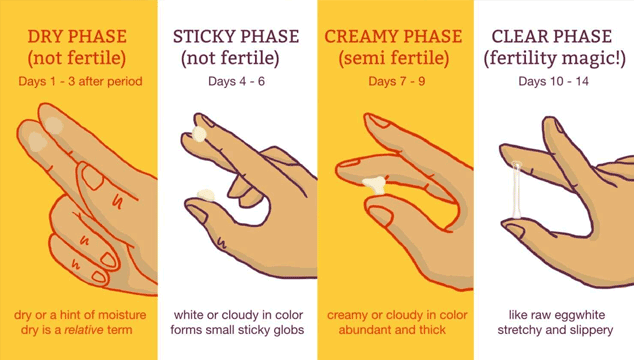
It is a common misconception that sperm reach their destination within minutes of ejaculation, but it can take hours even days for the sperm to make its journey through the vagina to the egg.
Because of this it is smart to actively have sex regularly to avoid missing the chance to conceive this time around.
And it is also important to know that if you have sexual intercourse after you have ovulated, then the odds of a pregnancy happening are much slimmer considering the egg is only good for 12 to 24 hours once it has been released. That is why it is crucial to have the sperm already inside before ovulation, or at maximum, at the time ovulation occurs.
TIP #1: So when you get a positive ovulation test, even if you’ve had sex every other day up until the positive test, have sex that same day! Maybe even the day after if you’re up to it. This way, you can make sure you catch the egg.

The first thing you need to do is know the length of your cycle, and if your cycles are not regular, it is also important to know that. However, if you get your period roughly every 30 days, then what you need to do is take 14 days and subtract it from 30. If you consistently get your period every 30 days then you are very likely ovulating around day 14-16.
The last 2 weeks after ovulation are what is called the luteal phase where the progesterone levels are up. The high progesterone levels help to ensure implantation and if no implantation has happened by the end of the 2-week span, then the hormone levels begin to fall which is what causes menstruation.
TIP #2: That means if you know from that that you are ovulating around day 14-16 of your cycle, then you will want to start testing around day 10-12 to see where your hormone levels are at.

Many women choose to use tests for ovulation every 12 hours instead of every 24 hours, which is the most optimum interval to garner results. Ovulation can begin as early as 12 hours after a positive ovulation test and if you were to test only every 24 hours you could be missing out on roughly 12 hours of ovulation to increase your chances of success.
So testing twice daily beginning on Cycle Day 12 could help you catch the egg. Even though an ovulation test can help you focus your attention on actively trying to get pregnant, missing a small window of time could make this ovulation cycle a bust, so be smart and have sex as often as you can to ensure the highest likelihood of success for the day leading up to, during and after ovulation.
TIP #3: Start testing twice daily with OPKs close to your predicted ovulation day.

If you are the type who has periods every 30 days during some months, and during others, you have cycles that are 35 or 40 days long, then you are most definitely irregular.
Therefore, it is not a good idea to use ovulation predictor kits if your cycles are unpredictable. That is because there are so many days you can use the kits for, and what will happen if you ovulate around day 16 during one month and start testing around day 12, but the following month you end up ovulating on day 20, which would mean that if you started to test around day 12, it would not be useful for you.
However if you have an unlimited supply of ovulation tests (maybe you are using cheaper ovulation test strips), then this does not apply. You can just test the whole month around!
Likewise, if you purchase the ConceiveEasy TTC Kit, you get 20 free pregnancy or ovulation tests with every kit. So you can easily choose 20 ovulation tests, which will help you to keep you stocked up on OPKs month after month.
TIP #4 If your periods are irregular, you will go through many more ovulation tests. Opt for ovulation test strips which you can buy in bulk, or get 20 free tests with your ConceiveEasy TTC Kit.

In fact, before you even start trying to conceive, the first thing to do is to start charting when ovulation happens by using a thermometer that measures your body basal temperature. Take it first thing in the morning before you do anything, or before you move around much. Keep it on your nightstand beside your bed so it is easily accessible.
When you take your temperature, note the temperature and keep doing so until you get your period. In fact, do this for 3 cycles. Take a look and see where a rise in temperature of 0.4 Fahrenheit falls, over a 48 hour period. That is when ovulation occurred.
If you notice that ovulation happens from day 12 to 18 for instance, then that is when you are roughly ovulating. However, you will want to also use another method simultaneously to help tell you when you are ready to ovulate.
TIP #5 Get to know your cycles by charting your basal body temperature with a BBT chart. A spike in temperature indicates ovulation.

Another method that can easily be done to track ovulation simultaneously while using a BBT chart and/or ovulation predictor kits, is checking your cervical mucus texture, as well as the cervical position.
Right after you are done with your period, your cervix will be firm and low, and the mucus will be scant and dry. That means you are not fertile at that time. As your cycle progresses, your cervix will become higher and the mucus will be cloudy and sticky, which means the egg is growing.
Mucus is especially easy to see. You can check in your cervix, but even easier, you can see it when you wipe.
Once the cervix is soft and high and the mucus is abundant and has a texture that is like raw egg-whites, then you are getting very close to ovulation.
If you notice that your cervical mucus is starting to have that kind of consistency, it is a good idea to start using the ovulation kits as confirmation.
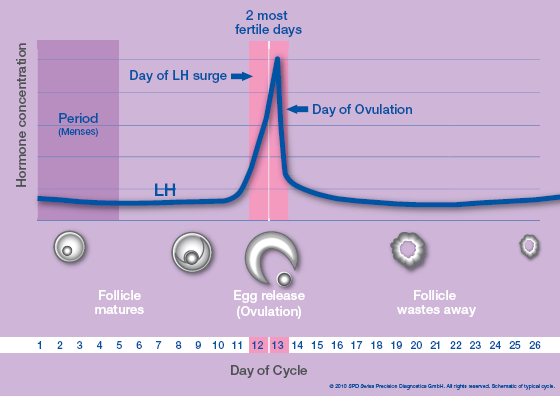
If the LH surge is starting to show, then you are ready to ovulate and that is when you must really start to get busy to help increase the odds of a conception happening.
Therefore, it is best to understand the cervical mucus changes, as well as the changes in the position of the cervix if you are using ovulation predictor kits.
TIP #6 Try tracking ovulation by checking cervical position and mucus changes. A soft, high cervix and abundant egg-white-like mucus indicates ovulation.

If your cycles are irregular and after taking your temperature every morning, you did not notice a change at all, and did not notice any cervical mucus change, then that means you are not ovulating. In that case, you will not want to use ovulation predictor kits because that will not at all help you.
If you are getting irregular periods and you are also finding that there is no evidence that you are ovulating at all, then you are having anovulatory cycles, and you will need to contact your doctor in order to have some tests done to figure out why you are not ovulating.
You will likely be prescribed Clomid if nothing structurally is wrong, which is a fertility drug that stimulates the FSH and LH so the egg grows and matures, therefore ovulation will happen. Clomid is 80% effective at bringing on ovulation for women who otherwise don’t ovulate.
Once the right dosage of Clomid is found, then you will have those changes in your cervical mucus, and you can start using ovulation predictor kits. Once it is detected that ovulation is on its way, then it is time to have intercourse!


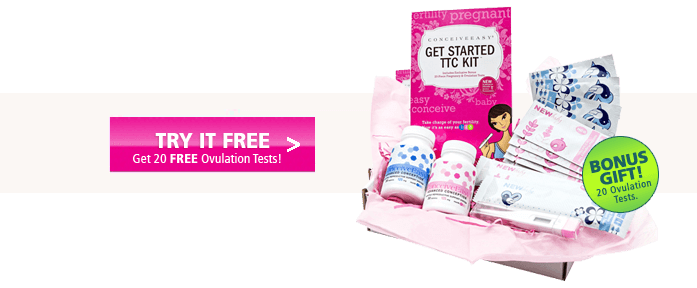
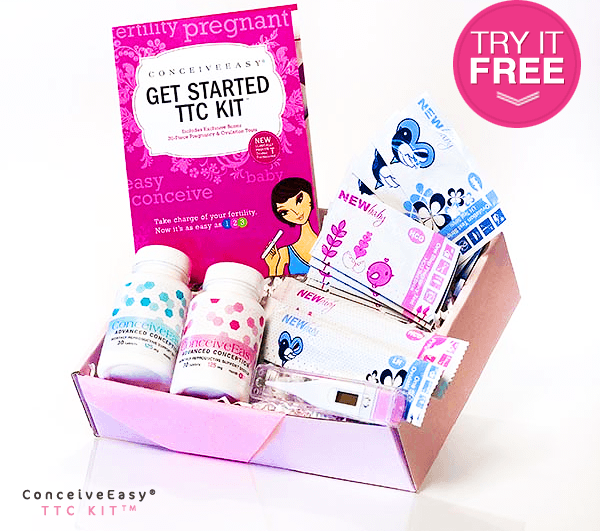
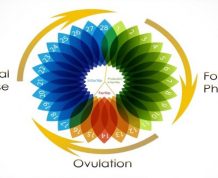

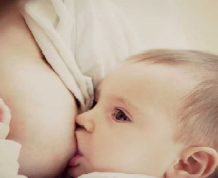
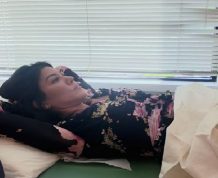
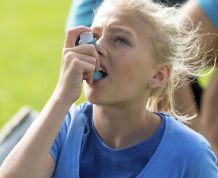
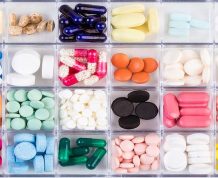


Comments